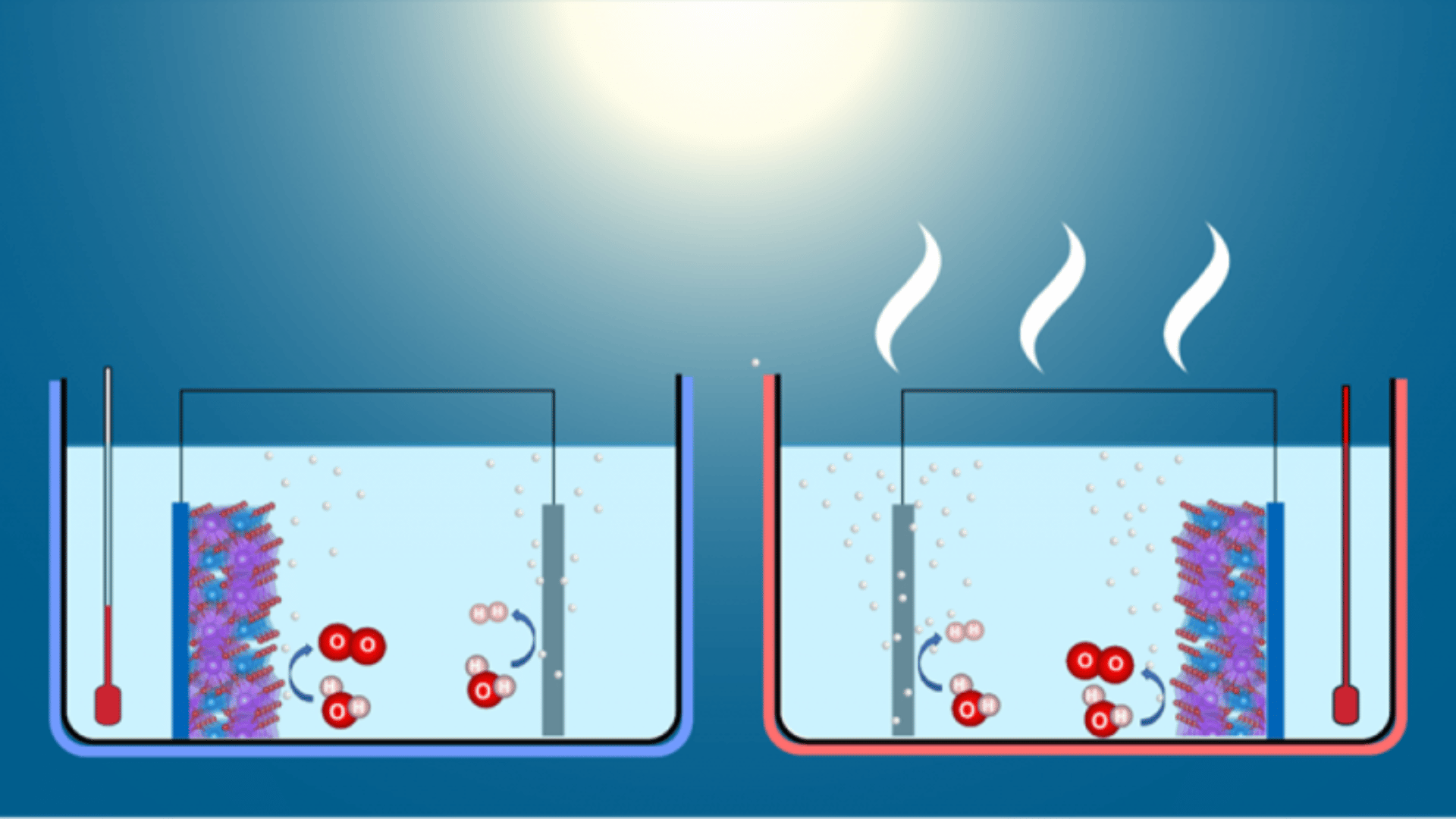Enhancing Solar Hydrogen Production Efficiency with Elevated Temperatures
Key Ideas
- Researchers demonstrate a 40% increase in hydrogen production efficiency by elevating temperatures in the solar hydrogen production process.
- Metal oxide cells, particularly bismuth-vanadate electrodes, show promise for low-cost and stable hydrogen production.
- The study provides crucial insights into how temperature influences solar water splitting, advancing the understanding of metal oxide cells in solar fuel technology.
- Advancements in solar hydrogen production have the potential to revolutionize cleaner energy solutions and expedite the technology's transition into the market.
Solar hydrogen is emerging as a promising technology that utilizes sunlight to convert water into hydrogen fuel efficiently and eco-friendly. A recent study showcased a significant breakthrough where researchers demonstrated a 40% increase in hydrogen production efficiency by raising temperatures during the process. Metal oxide cells, specifically bismuth-vanadate electrodes, were highlighted for their affordability and stability in this production method. The elevated temperature in the electrolyte surrounding these cells significantly boosted the activity of the bismuth-vanadate electrode, leading to enhanced photocurrent density and a positive shift in photocurrent onset. This advancement is considered groundbreaking as it deepens the understanding of how operating temperatures impact solar water splitting and provides valuable insights into the performance of metal oxide cells in solar fuel technology. The potential of these advancements in accelerating the adoption of solar hydrogen as a cleaner energy solution is significant, with hopes of facilitating the technology's transition from the laboratory to the marketplace. Overall, the study lays the groundwork for further material development to enhance solar hydrogen generation efficiency and drive the technology to new levels of effectiveness.
